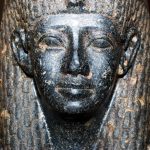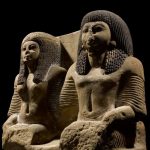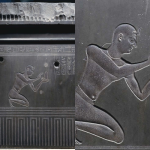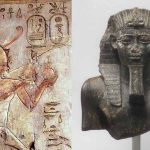Pharaoh Horemheb and his wife Amenia
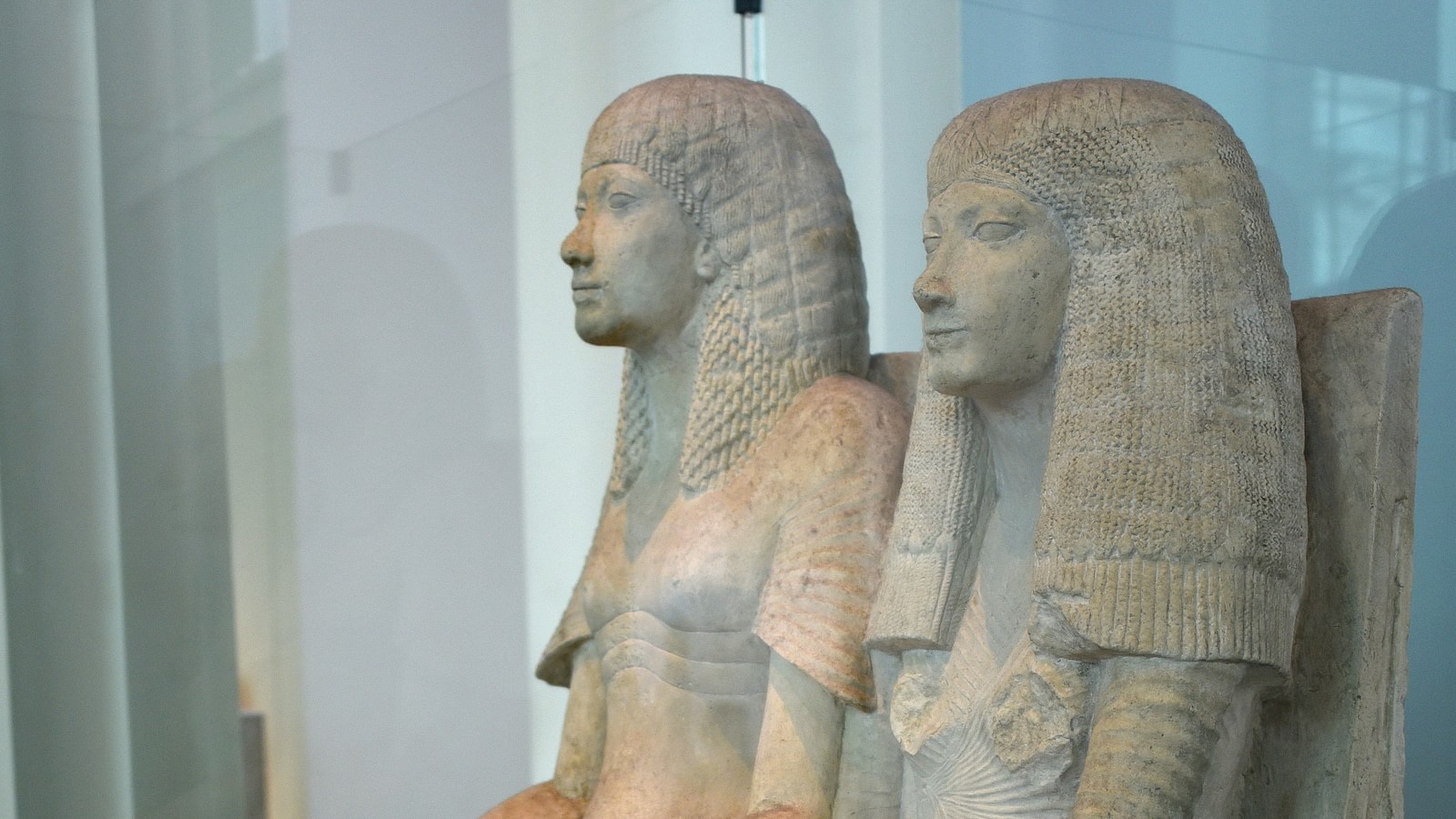
A limestone statue depicting Pharaoh Horemheb and his wife Amenia, dating to the 18th Dynasty, around 1300 B.C. 🇪🇬. This elegant double statue reflects the harmony and dignity of royal portraiture in the late New Kingdom period and is now housed in the British Museum.
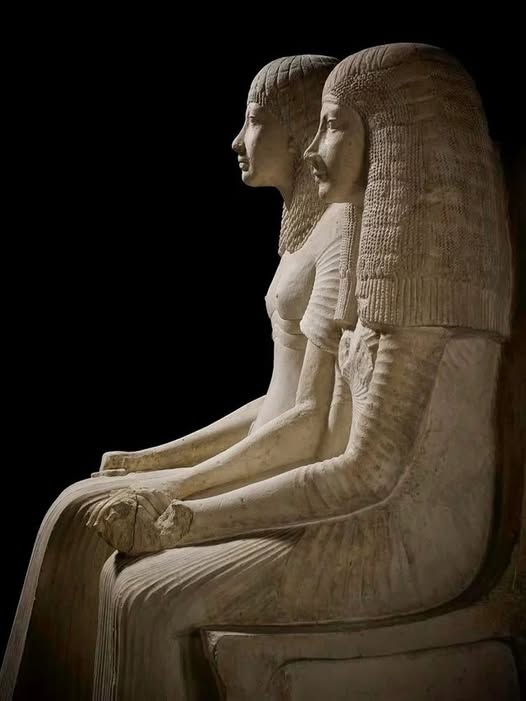
Pharaoh Horemheb, who ruled Egypt from around 1323 to 1295 BCE, was the last pharaoh of the 18th Dynasty. Originally a commoner and a skilled military general under Tutankhamun and Ay, Horemheb rose to power after years of political and religious turmoil following the Amarna Period.
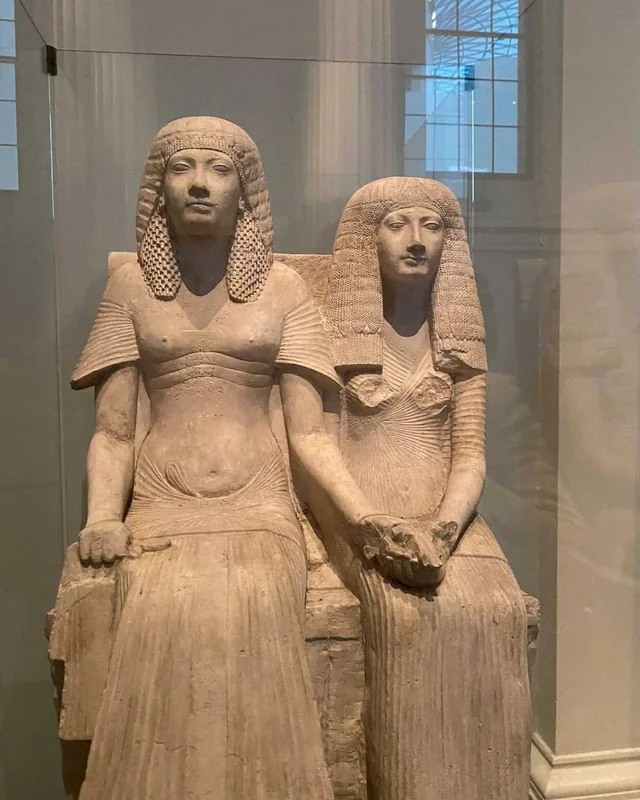
As king, he sought to restore order, reestablish the traditional worship of the gods—especially Amun—and reform Egypt’s administration and justice system. His reign marked a crucial transition toward the stability of the 19th Dynasty.
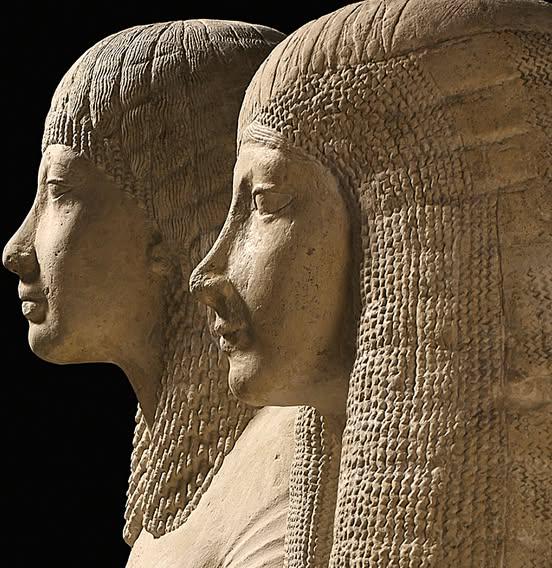
Horemheb’s first wife was Queen Amenia, who held noble titles and is believed to have been of high status before marrying him. Archaeological discoveries, including their joint tomb at Saqqara, reveal that Amenia died before Horemheb became pharaoh.
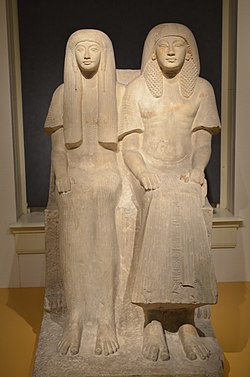
Her burial is richly decorated, showing her close association with her husband even before his accession. After her death, Horemheb later married Queen Mutnedjmet, the sister of Nefertiti. The story of Horemheb and Amenia reflects both love and ambition in a time when Egypt was rebuilding its power and legacy.



